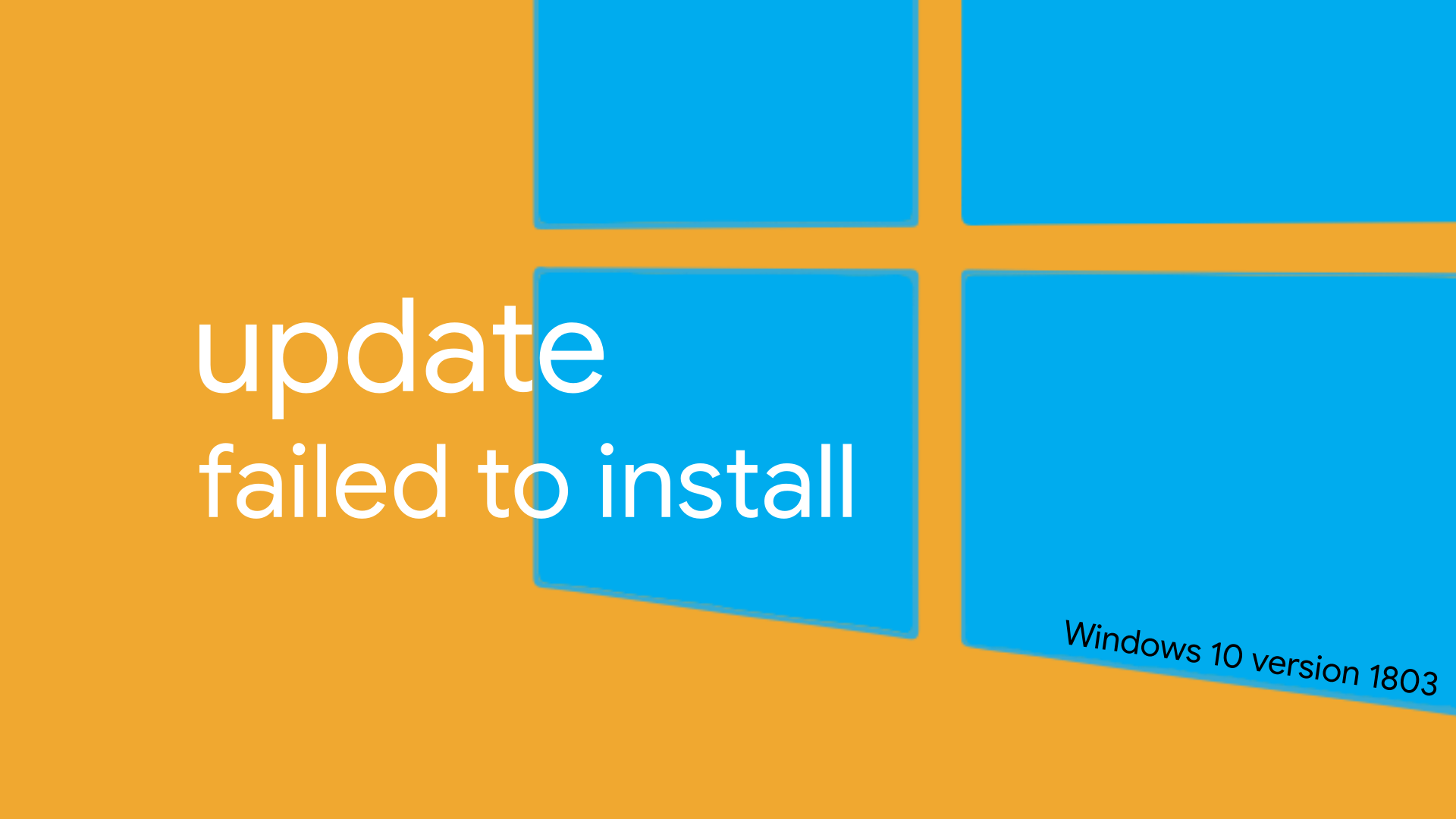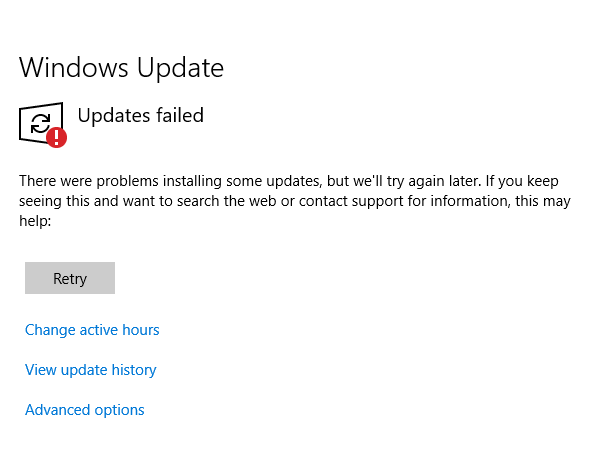
- #SHOWHIDE UPDATES FAILED TO INSTALL INSTALL#
- #SHOWHIDE UPDATES FAILED TO INSTALL DRIVERS#
- #SHOWHIDE UPDATES FAILED TO INSTALL UPDATE#
- #SHOWHIDE UPDATES FAILED TO INSTALL DRIVER#
- #SHOWHIDE UPDATES FAILED TO INSTALL MANUAL#
This allowed full control as to when updates were installed, even down to the individual updates themselves. While it’s unlikely that you will completely break your system by making accidental changes, there is a chance, so make backups as per usual.Īs mentioned previously, in older versions of windows, users could enable a notify when system updates become available. You don’t need to be a sysadmin in order to use Group Policy, but the tool can be dangerous in the wrong hands (think registry editor level tools).
#SHOWHIDE UPDATES FAILED TO INSTALL UPDATE#
Step 2a: Stop Windows 10 Auto Update With Group Policy It doesn’t allow full control over selective updates, but it is the first step. you are a Home user) then you will not be able to perform the following actions. Be warned that this requires access to the Group Policy Editor if you can not gain access to this tool (i.e.

If you have a copy of Windows 10 Pro, there is one more trick you can do to stop Windows updates downloading automatically to begin with. Generally, the user (or admin) controlled when the system updated, rather than having it reboot in the middle of work.
#SHOWHIDE UPDATES FAILED TO INSTALL DRIVERS#
Old drivers could be blocked, bad security updates could be postponed until further notice.
#SHOWHIDE UPDATES FAILED TO INSTALL INSTALL#
Back with Windows 7 and 8 (and even as far back as XP), there was always the ability to be notified of updates, but selectively install them as required. This should be a default option set by Microsoft, but unfortunately, it is not. In either case, it’s important to enabled scheduled updates first, which is covered below. Windows 10 Home users get the short-end of the stick and will only be able to follow steps 1 and 3, which is schedule or stop them altogether.
#SHOWHIDE UPDATES FAILED TO INSTALL MANUAL#
If you are running Windows 10 Pro, you’ll be in luck, as steps 2a and 2b will allow you to delay updates with a manual download and install, and selectively install updates (even if it is a bit of a hack). What other options are there, and how can you stop the auto update in Windows 10 (or at least have some control over it)? Can you get some control with selective updates? The answer to these questions is not absolute, as it depends on the version of Windows 10 you are running. Once disabled, you lose access to the Microsoft Store and can no longer install new feature upgrades or security patches until you re-enable Windows Update. Windows Update can be disabled, but it’s more of an all or nothing approach. One issue has already started its rounds with a forced update that fails to install successfully: the system reboots, detects there’s an update, tries to install it, fails, reboots, and repeats the cycle over and over again.
#SHOWHIDE UPDATES FAILED TO INSTALL DRIVER#
However, this still required the update or driver to be installed first, by which point the damage could have already been done (oh the joys of fixing broken drivers). Later on, Microsoft quietly introduced a feature that allowed certain updates to be uninstalled and blocked until further notice. Pro and Enterprise still had mandatory security updates and drivers. Even then, defer only delayed the installation of the service packs by a few months they were still required to be installed at some point. Unfortunately, this turned out to only include non-essential updates and feature upgrades, e.g. You can check Apple's System Status page to find out if the problem might be on their side rather than your own.Originally, there was a sigh of relief in that Windows 10 Pro and Enterprise users could defer updates.

That's also true if your internet is spotty or the link is weak. No internet connection: If you don't have an internet connection, you cannot download and install the installation files.


Apple has a list of which Macs are compatible with macOS Monterey. Older machines may not have the resources necessary to run the operating system.


 0 kommentar(er)
0 kommentar(er)
